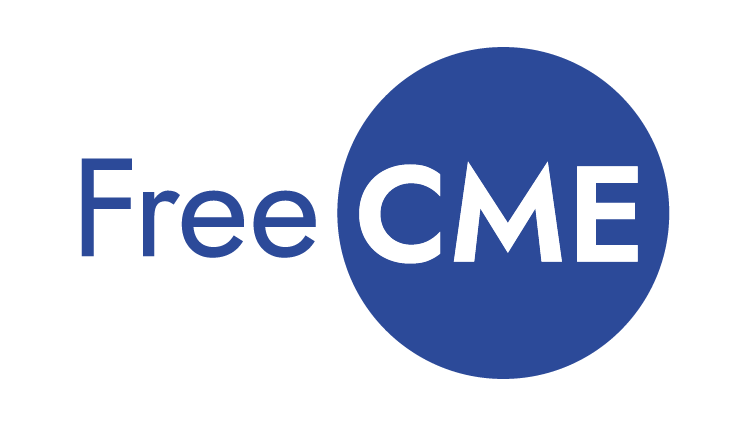Novel Psychoactive Substances of Abuse: Part II
This is the second of a two-part series. Part I reviewed stimulants and started the discussion of hallucinogens and psychedelics. Part II will finish the discussion of hallucinogens and conclude with novel sedative drugs.
This is a summarized version of the full in-depth article on Relias Media.
AUTHORS
Jared C. Vaughan, MD, Emergency Medicine PGY-3, Wright State University Emergency Medicine Residency, Dayton, OH
Mara O’Sullivan, MD, Attending Physician, Emergency Medicine, Wright State University, Dayton, OH
PEER REVIEWER
Larissa I. Velez, MD, Associate Dean for Graduate Medical Education, Professor and Vice Chair for Education, Michael P. Wainscott Professorship in Emergency Medicine, Department of Emergency Medicine, UT Southwestern Medical Center, Dallas
This article is the second in a two-part series examining novel psychoactive substances (NPS). Part I discussed stimulants and the initial review of hallucinogens and psychedelics. Part II focuses on completing the discussion of hallucinogens, including NBOMe and 2C drugs, and concludes with a review of novel sedatives, including synthetic benzodiazepines, synthetic opioids, and xylazine.
NBOMe and 2C Drugs
NBOMe (N-methoxybenzyl) and 2C drugs, such as 2C-B (4-bromo-2,5-dimethoxyphenethylamine), are synthetic hallucinogens that produce psychedelic effects similar to lysergic acid diethylamide (LSD). Commonly referred to as “N-Bomb,” “smiley paper,” or “wizard,” these substances are potent and dangerous, with minimal data on their long-term effects. Increasingly used recreationally by young adults for their hallucinogenic properties, NBOMe and 2C drugs are Schedule I controlled substances, indicating high abuse potential with no accepted medical use.
Mechanism of Action
NBOMe drugs are mescaline derivatives that activate serotonin 5-HT receptors, propagating their psychedelic effects. These substances are often synthesized into analogs like 25B-NBOMe and 25C-NBOMe, which differ slightly in molecular structure, resulting in varying potency levels.
Formulation and Routes of Administration
NBOMe and 2C drugs are typically found in dissolvable blotting paper but can also be administered as liquids, tablets, or powders. Common routes of administration include oral, sublingual, intravenous, insufflation, and, less frequently, rectal or vaginal.
Clinical Presentation and Management
Acute intoxication symptoms include hallucinations, euphoria, confusion, agitation, paranoia, nausea, and tachycardia. Severe overdoses may cause seizures, rhabdomyolysis, metabolic acidosis, and multi-organ failure. Treatment is primarily supportive, focusing on stabilizing vital signs, cooling for hyperthermia, and benzodiazepines for agitation.
Psilocybin
Psilocybin, the active compound in certain mushrooms, has been used for centuries in medicinal and religious contexts. Known recreationally as “magic mushrooms” or “shrooms,” psilocybin has recently garnered attention for its potential therapeutic effects but remains classified as a Schedule I drug.
Mechanism of Action
Psilocybin is metabolized to psilocin, which activates serotonin receptors to produce hallucinogenic effects. These effects include visual and auditory hallucinations, euphoria, and heightened sensory perception.
Clinical Presentation and Management
Acute psilocybin intoxication typically manifests as euphoria, hallucinations, paranoia, nausea, and tachycardia. Symptoms often resolve without intervention. In overdose, management includes supportive care and, if necessary, benzodiazepines for seizures.
Synthetic Benzodiazepines
Synthetic benzodiazepines are chemically modified drugs with increased potency compared to traditional benzodiazepines. Often misused recreationally, these substances are particularly dangerous due to their stronger effects and potential for overdose.
Mechanism of Action
Synthetic benzodiazepines, like their traditional counterparts, activate GABA-A receptors, leading to increased inhibitory neurotransmitter release, resulting in sedative and anxiolytic effects.
Clinical Presentation and Management
Overdose symptoms mirror those of classic benzodiazepines, including somnolence, dizziness, ataxia, and severe respiratory depression. Management focuses on supportive care, and flumazenil may be used cautiously as a reversal agent in select cases.
Synthetic Opioids
Synthetic opioids, including fentanyl analogs like carfentanil and U-series opioids, are potent derivatives that have exacerbated the opioid epidemic. These drugs are often illicitly manufactured and have led to a surge in overdose deaths due to their high potency and rapid onset of action.
Clinical Presentation and Management
Synthetic opioid overdose typically presents with respiratory depression, altered mental status, and cyanosis. Naloxone remains the primary treatment, though higher doses may be required due to the increased potency of these opioids.
Xylazine
Xylazine, a veterinary sedative, has recently emerged as a novel psychoactive substance, often found as an adulterant in other drugs like fentanyl. Its use has been increasing, particularly on the East Coast of the United States.
Mechanism of Action
Xylazine works through partial activation of alpha-2 adrenergic receptors, leading to profound sedation and respiratory depression.
Clinical Presentation and Management
Xylazine overdose resembles opioid overdose, with central nervous system and respiratory depression being prominent features. Supportive care is critical, as naloxone may be ineffective against the sedative effects of xylazine.
Conclusion
The rise of novel psychoactive substances presents significant challenges for both clinicians and regulatory bodies. These substances often evade detection in standard toxicology screens and may present with atypical toxidromes. Emergency management typically relies on supportive care, as specific reversal agents are often unavailable or ineffective. Additionally, long-term management of substance use disorder may include referral to rehabilitation services and harm reduction strategies, such as the provision of naloxone kits for opioid use disorders. Given the rapid emergence of new substances, continuous monitoring and research are essential to combat the ongoing public health threat posed by these drugs.
Read the full in-depth article on Relias Media
We discuss psychoactive substances of abuse in more detail and include detailed charts and tables in our full write-up on Relias Media.
